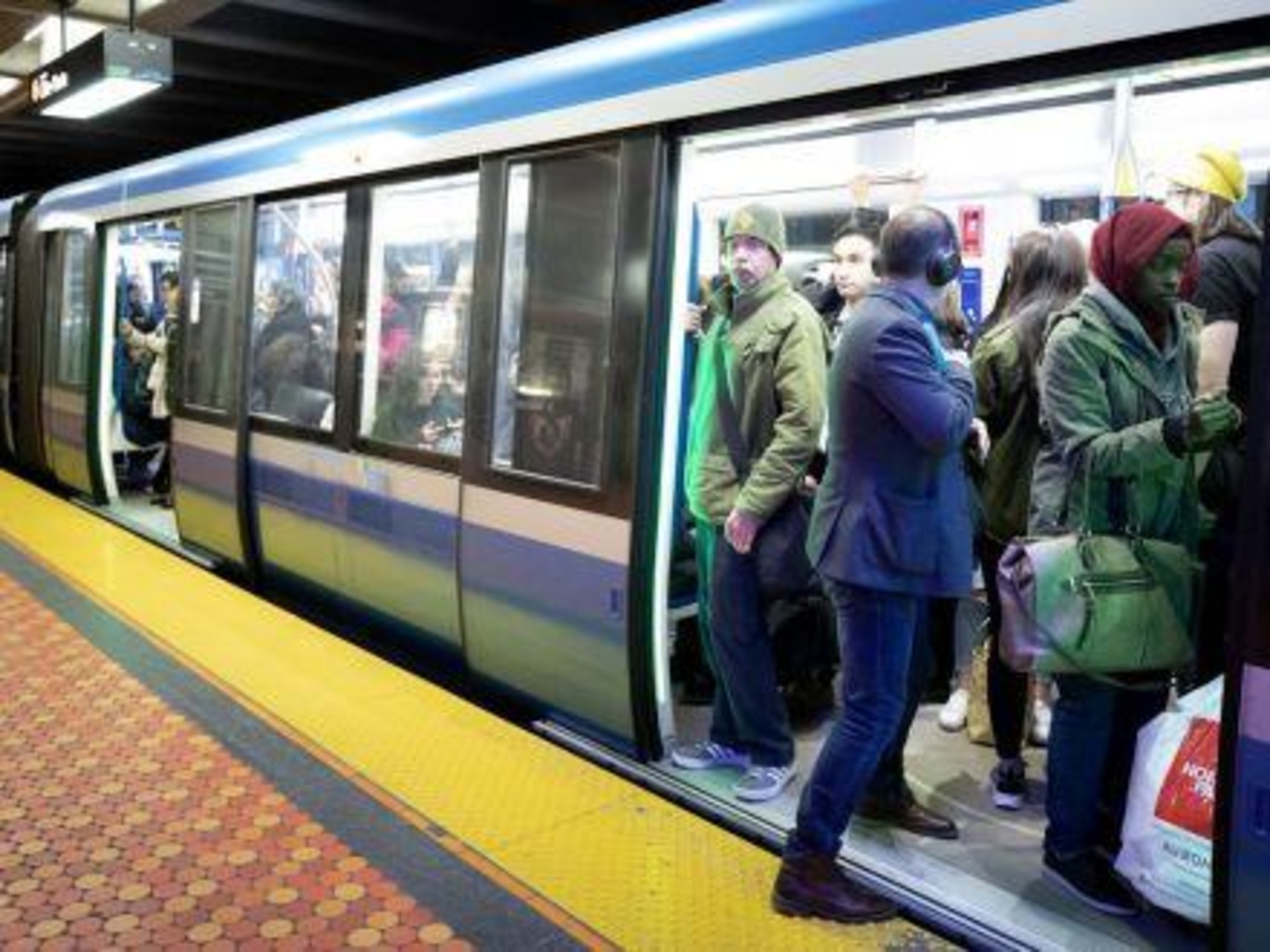Completing Montreal métro's Orange Line loop will cost an estimated $4.3B!
01 Oct 2019
Extending the métro’s Orange Line to Laval would cost $4.3 billion, according to a preliminary estimate done by the region’s transportation planning body obtained by the Montreal Gazette.
The report, prepared by the Autorité régionale de transport métropolitain, envisions extending the city’s busiest line by 6.4 kilometres and five stations north and east of the current Côte-Vertu terminus in St-Laurent. It’s the first time the much-discussed extension has been costed out. The $4.3-billion price tag would put the project in line with the estimated $4.5-billion extension of the Blue Line by 5.8 kilometres to Anjou, which is expected to break ground in the winter of 2021 and be completed by 2026.
“I’d like to see a speedy acceptance by the government of this project,” said St-Laurent mayor Alan DeSousa, who read the report.
The ARTM approved the report in its June 18 meeting and submitted it to the transport minister. It is a first step before the project can be added to the government’s 10-year-infrastructure fund. Included in the overall price tag is the roughly $45 million needed to prepare a dossier d’opportunité, a kind of pre-feasibility study that would take about three years to put together. The project would then become the subject of a feasibility study and an environmental assessment report.
According to the document, three new métro stations would be built on the island: Poirier (at roughly the intersection of Poirier St. and Marcel-Laurin Blvd.) Bois-Franc, linking to the commuter train station there, and at Gouin Blvd, at the northern tip. From there, the line would cross the Rivière-des-Prairies into Laval, stopping in Chomedey and on Notre-Dame Blvd., probably near Highway 15, before completing the loop with the current terminus at Montmorency station.
The Bois Franc station would be the only Orange Line link to the future Réseau express métropolitain, a $6.3-billion driverless electric train network under construction and slated to be completed in stages between 2021 and 2023. The network will take over the current Deux-Montagnes commuter line, link to Ste-Anne-de-Bellevue, the airport and the South Shore through Central Station. Linking to the Bois Franc station of the REM would give métro users access to St-Laurent’s technoparc, a major employment hub, the airport, the West Island, Laval and the North Shore.
The extension would be a boon to the fast-growing Laval and North Shore regions, as well as St-Laurent, where the growth in public transit ridership is outpacing the increase in car use, and there is a dearth of efficient transit solutions, the report notes. The extension would bring in 15,200 new public transit users to the métro network, and result in 7,100 people leaving their cars at home for a reduction in greenhouse gas emissions of 13,460 tonnes of carbon dioxide. By the time the métro is projected to be extended, roughly the year 2031, the Orange Line’s capacity will have been increased by roughly 25 per cent because the new garage being built near the Côte-Vertu station will allow the agency to decrease the minimal wait time between trains from two minutes and 30 seconds to two minutes. That new garage, to be open in 2021, also brings the tunnel roughly halfway to the future Bois-Franc station, DeSousa noted.
“There is a tunnel that has already been built and it ends (at Poirier) and only one kilometre is left to get done (to extend to Bois-Franc),” DeSousa said.
RELATED
- What, where, how and why: New Montreal métro garage at Côte-Vertu
- Plante fumes as Quebec considers possible expansion of REM
- Cost of métro's Blue Line extension rises to $4.5 billion: reports
The Orange Line extension is one of many transit projects currently being studied by the ARTM. Others include the Tramway de l’Est, the Pink Line of the métro, and an extension of the REM to Laval and Brossard.
DeSousa said he believes it is unlikely both the Orange Line extension and the REM extension to Laval would both be chosen as priority projects. However, he said in either case, it makes sense for the Orange Line to extend at least to the Bois-Franc station.
The report also recommended linking the métro to the Bois-Franc station because if the Mount Royal tunnel ever becomes unavailable, there would at least be an alternative for the thousands of expected REM users.
DeSousa agreed.
“The tunnel is a very important link in the chain; if we don’t have a Plan B, we’ll be up the creek,” DeSousa said.
The Montreal Gazette reached out to junior transport minister Chantal Rouleau for comment on the report. Sarah Bigras, a spokesperson for Rouleau, said the minister is in the process of analyzing the report, so she won’t comment on its contents. ARTM spokesperson Fanie St-Pierre also declined to comment on the report.
